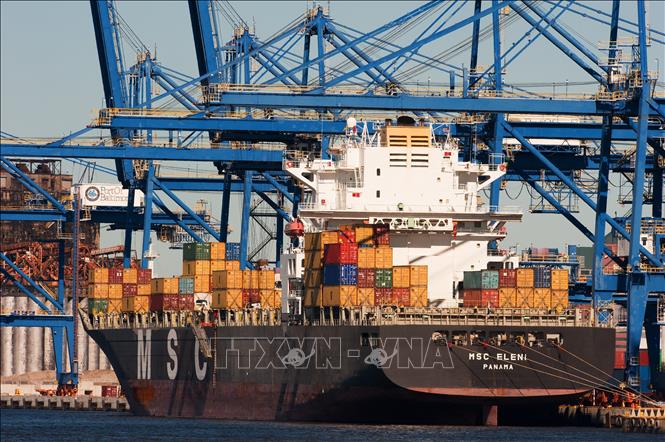
Cargo ships unload goods at the port of Baltimore, USA. Photo: AFP/TTXVN
“Liberation Day,” as Trump calls it, will arrive on April 2 and could bring a new round of tariffs. Trump has already announced a 25 percent tariff on all imported cars and tit-for-tat tariffs on individual countries based on their trade policies. Could that plan change? No one knows for sure.
This would be bad news for American businesses, which do not know how far the trade war will escalate. American consumers are also worried that inflation will squeeze their wallets.
Since taking office, Trump has twice announced tariffs on imports from Canada and Mexico, then delayed them. The 10% additional tariff on Chinese goods has now doubled to 20%. Tariffs targeting individual industries are also numerous. Trump has imposed tariffs on imported aluminum and steel and has pledged to impose tariffs on chips, lumber, and pharmaceuticals. Copper prices have skyrocketed amid speculation that it will be the next target.
The reasons given by Mr. Trump are also very diverse: from border control, fighting drug trafficking, VAT, trade deficit, to even the acquisition of the TikTok platform. Recently, he also threatened to impose tariffs on any country that buys oil from Venezuela.
To appease Mr Trump, companies have made a series of investment plans. But when they report to shareholders, they complain about the unpredictable business environment. Surveys show that capital spending plans are falling sharply, while the White House believes that the auto tariffs will encourage companies to invest in the US, helping the economy grow, creating more jobs and increasing real incomes.
But uncertainty is a deterrent to investment, as factories don’t get built overnight. Investing in factories to cope with the president’s volatile tax policies is risky. Observers point out that the tariffs Trump imposed during his first term failed to reverse the decline of the US manufacturing industry. On the contrary, they pushed up costs for businesses using imported steel.
April 2 is certainly not the day Trump ends his volatile tax policy. Unlike his previous term, he seems unconcerned about the financial markets plunging because of his policies. Nor is he the type of person who cares too much about specific details, leaving markets and countries to speculate.
But Trump’s unpredictability is partly due to his flexibility. This is an opportunity for the president’s advisers to try to “tweak” policy. Some of them advocate using emergency powers only as a temporary measure, then returning to the more methodical approach of the previous term – tariffs only imposed after a thorough investigation. Even if it is just a basic procedure, that would be a big improvement.
America’s trading partners also need to think about how to stabilize the situation. Retaliating on April 2 is an option, and many have done so before. But retaliation comes at a cost. It causes economic damage and could provoke a further U.S. response . For most countries, retaliation is not a viable option. Even those with the power to fight back must weigh the decision carefully.
Better yet, try to minimize the damage. With President Trump’s “tit for tat” policy, some countries may be able to persuade him to cut their own tariffs. Countries could also remove trade barriers between themselves, deepening integration as Trump turns America away from the world .
The ripples from the US president's trade policies may be destabilizing, but they don't necessarily have to spread globally.



![[Photo] Prime Minister Pham Minh Chinh chairs the conference to review the 2024-2025 school year and deploy tasks for the 2025-2026 school year.](https://vstatic.vietnam.vn/vietnam/resource/IMAGE/2025/8/22/2ca5ed79ce6a46a1ac7706a42cefafae)

![[Photo] President Luong Cuong receives delegation of the Youth Committee of the Liberal Democratic Party of Japan](https://vstatic.vietnam.vn/vietnam/resource/IMAGE/2025/8/22/2632d7f5cf4f4a8e90ce5f5e1989194a)

![[Photo] President Luong Cuong attends special political-artistic television show "Golden Opportunity"](https://vstatic.vietnam.vn/vietnam/resource/IMAGE/2025/8/22/44ca13c28fa7476796f9aa3618ff74c4)
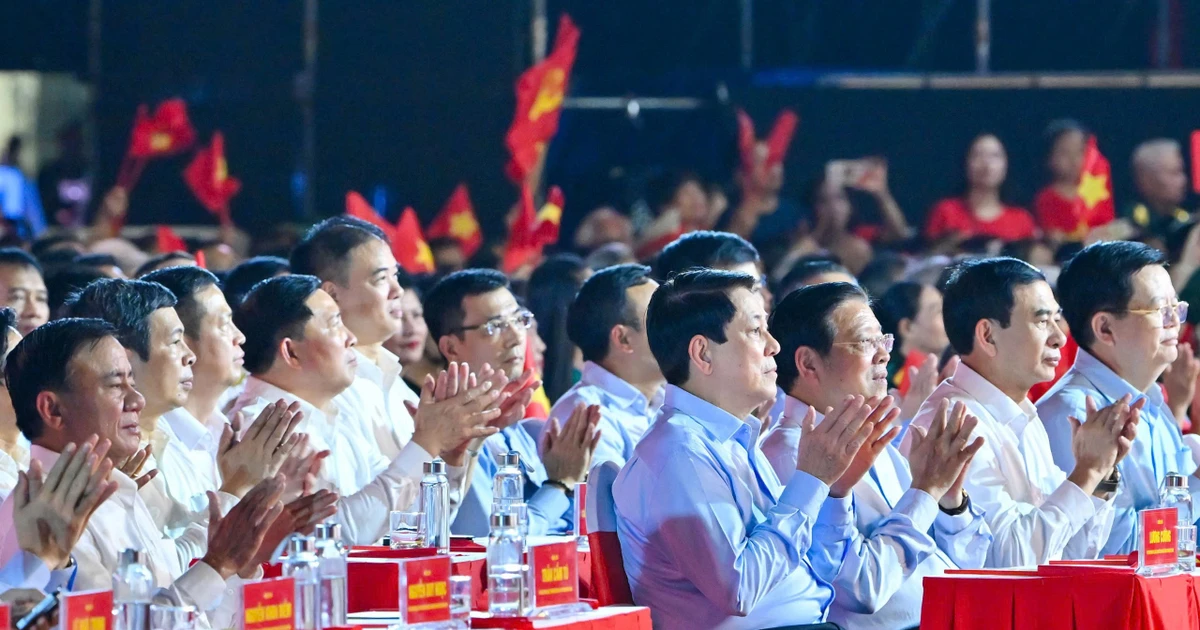
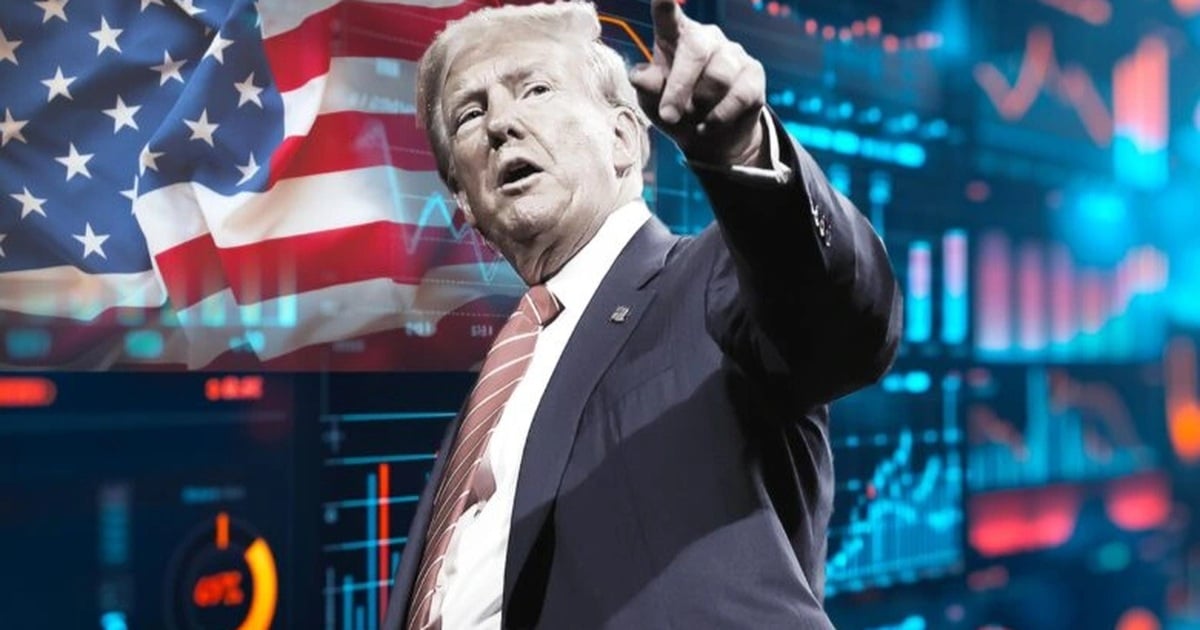












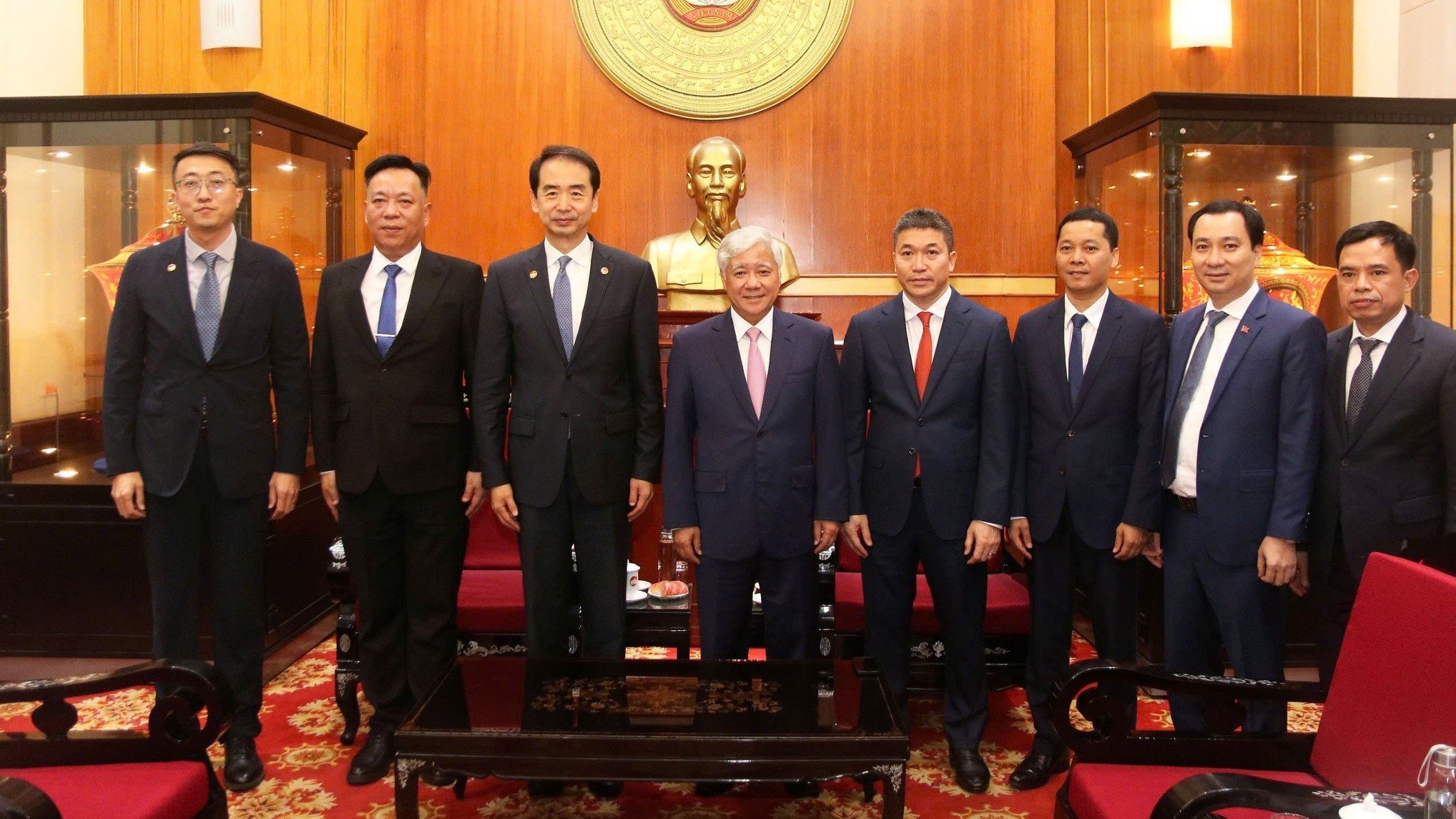








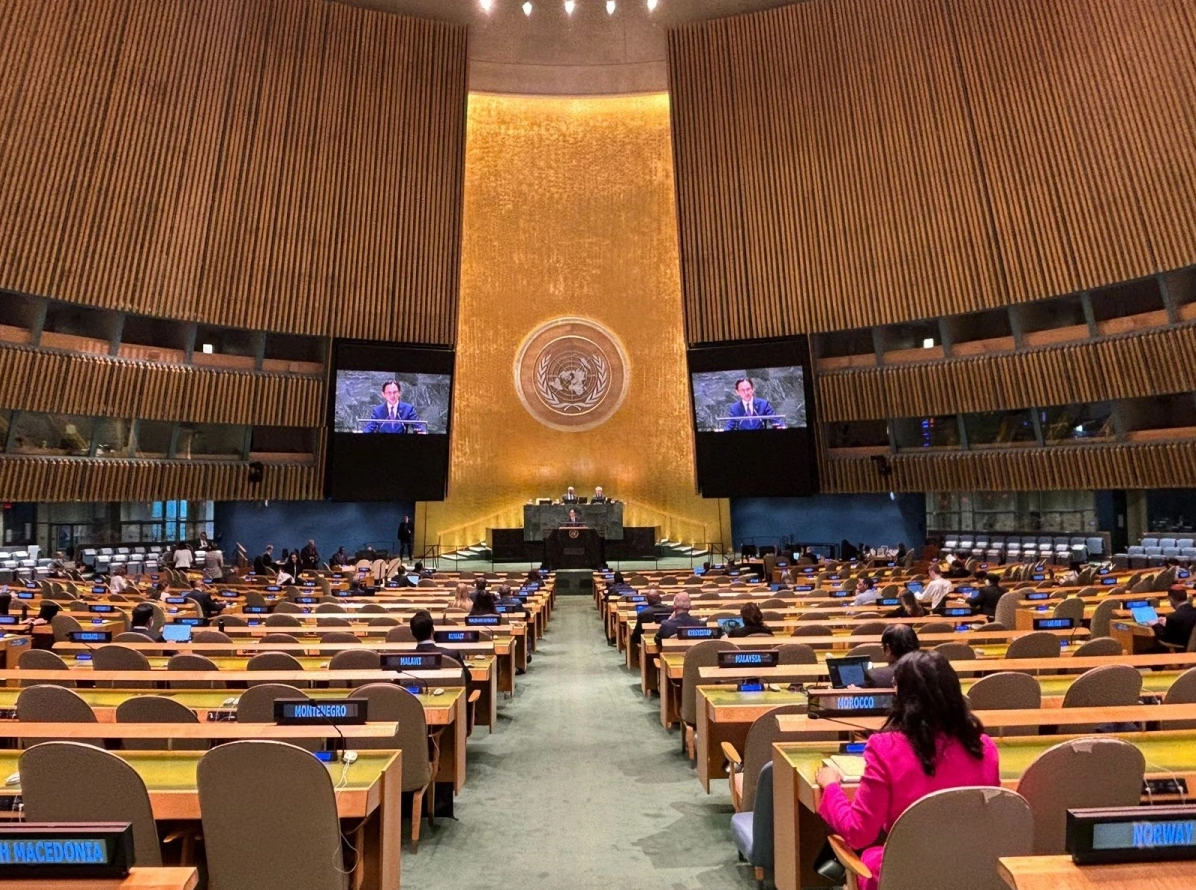




































































Comment (0)